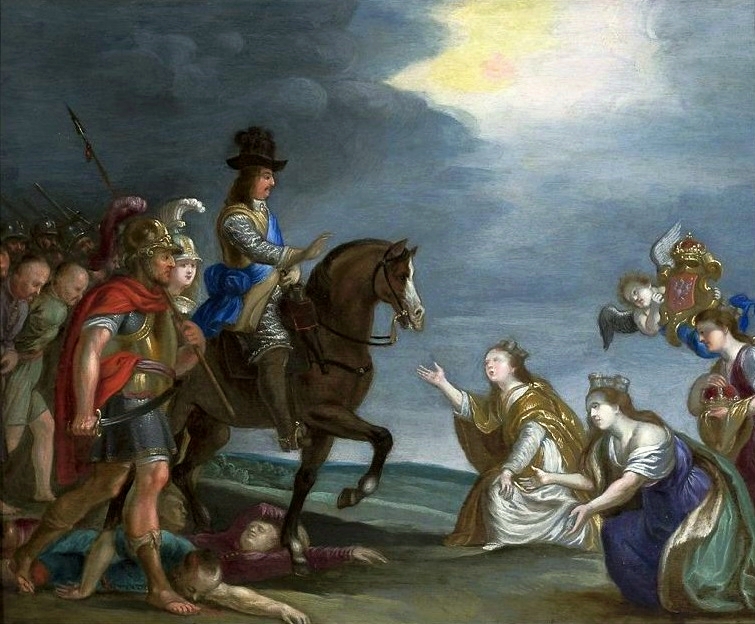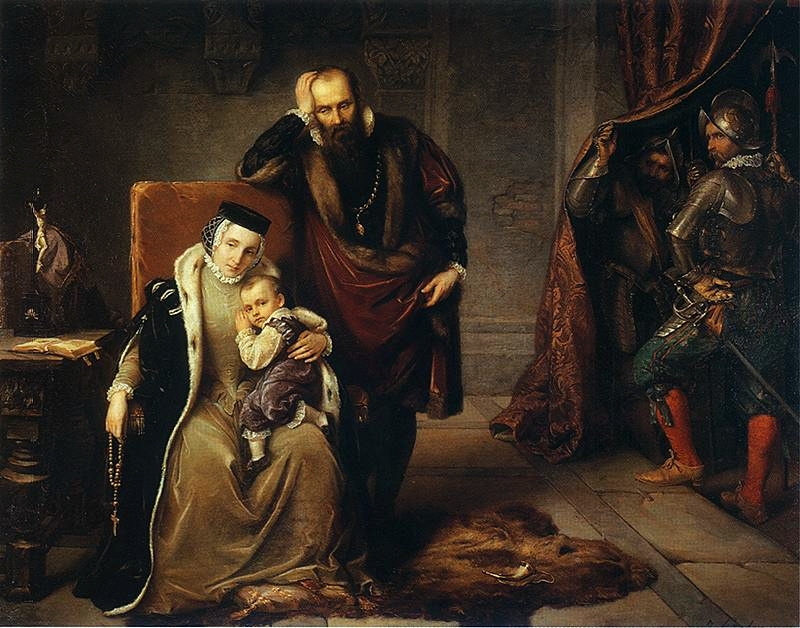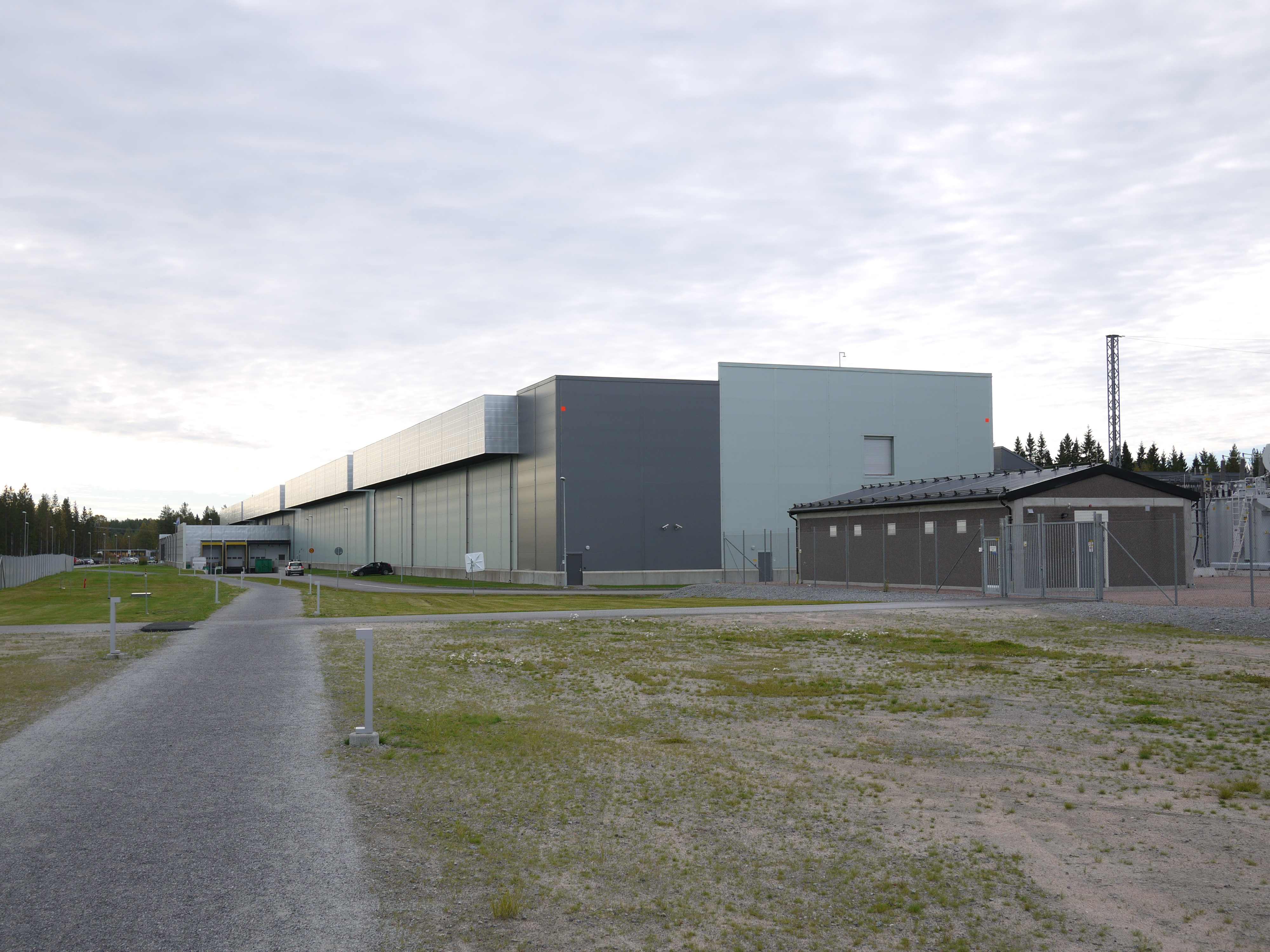|
Suecia Antiqua Et Hodierna
''Suecia Antiqua et Hodierna'' ("Ancient and Modern Sweden") is a collection of engravings collected by Erik Dahlbergh during the middle of the 17th century. ''Suecia Antiqua et Hodierna'' can be described as a grand vision of Sweden during its period as a great power. Dahlberg's direct source of inspiration was the topographical publications issued by the Swiss publisher Matthäus Merian. In 1661 Dahlberg was granted a royal privilege enabling him to realize his plans, which kept him occupied for a good decade, and a work that would not be printed until after his death. In its final state ''Suecia Antiqua et Hodierna'' comprised three volumes containing 353 plates. Gallery File:Suecia 2-008 ; Arx Gripsholm.jpg, Gripsholm Castle File:Suecia 2-007 ; Trosa.jpg, Trosa File:Suecia 2-004 ; Strängnäs.png, Strängnäs File:Suecia 1-013 ; Stockholm från öster-right side detail.jpg, Detail of Stockholm File:Suecia 3-017 ; Charlottenborg och Motala kyrka i Suecia antiqua et hodierna. ... [...More Info...] [...Related Items...] OR: [Wikipedia] [Google] [Baidu] |
Suecia 1-001 ; "Suecia Antiqua Et Hodierna", 1700-tal - Skoklosters Slott - 99881
In Modern English, the name of Sweden ( ) is derived from 17th century Middle Dutch and Middle Low German. In Old English, the country was named ''Swēoland'' (literally "Swede land") and ''Swēorīċe'' (literally "Swede kingdom"); the latter is cognate with Old Norse ''Svíaríki''. Anglo-Norman of the 12th and 13th centuries used ''Suane'' and ''Swane'' (with the adjective as ''Suaneis''). In Scots, ''Swane'' and ''Swaine'' appear in the 16th century. Early Modern English used ''Swedeland''. The Old English name for Sweden was ''Swēoland'' or ''Swēorīċe'', land or kingdom of the ''Swēon'', whereas the Germanic tribe of the ''Swedes'' was called ''Svíþjóð'' in Old Norse. The latter is a compositum consisting of ''Sví'' which means Swedish and ''þjóð'' which means people. The word ''þjóð'' has its origin in the elder Indo-European word ''teuteh''. The name of the ''Sviar'' is derived from a self-designation containing the Germanic reflexive '' *s(w)e'' "one's own ... [...More Info...] [...Related Items...] OR: [Wikipedia] [Google] [Baidu] |
Engraving
Engraving is the practice of incising a design on a hard, usually flat surface by cutting grooves into it with a Burin (engraving), burin. The result may be a decorated object in itself, as when silver, gold, steel, or Glass engraving, glass are engraved, or may provide an Intaglio (printmaking), intaglio printing plate, of copper or another metal, for printing images on paper as prints or illustrations; these images are also called "engravings". Engraving is one of the oldest and most important techniques in printmaking. Wood engravings, a form of relief printing and stone engravings, such as petroglyphs, are not covered in this article. Engraving was a historically important method of producing images on paper in artistic printmaking, in mapmaking, and also for commercial reproductions and illustrations for books and magazines. It has long been replaced by various photographic processes in its commercial applications and, partly because of the difficulty of learning the techni ... [...More Info...] [...Related Items...] OR: [Wikipedia] [Google] [Baidu] |
Erik Dahlbergh
Count Erik Jönsson Dahlbergh (10 October 1625 – 16 January 1703) was a Swedish military engineer, Governor-general, Field marshal and Master-general of the Ordinance. He rose to the level of nobility through his military competence. According to Cathal Nolan, Count Dahlberg was a highly innovative military engineer in the 17th and 18th century, often referred to as the "Swedish Vauban". He was expert in both building and destroying fortifications. In warfare he won several sieges, including Copenhagen and Kronborg. He famously led a Swedish army across the frozen Great and Little Belts to attack Copenhagen. Dahlberg commanded Swedish engineers in several wars and his historic influence was ensured via his skill at map-making, the fortresses he designed, and his widely read writings on military architecture. Today he is well known through his '' Suecia Antiqua et Hodierna'', a collection of engravings of topographical research. Biography Erik Dahlbergh was born ... [...More Info...] [...Related Items...] OR: [Wikipedia] [Google] [Baidu] |
Swedish Empire
The Swedish Empire or the Great Power era () was the period in Swedish history spanning much of the 17th and early 18th centuries during which Sweden became a European great power that exercised territorial control over much of the Baltic region. During this period it also held territories on the North Sea and some Swedish overseas colonies, overseas colonies, including New Sweden. The beginning of the period is usually taken as the reign of Gustavus Adolphus, who ascended the throne in 1611, and its end as the loss of territories in 1721 following the Great Northern War. After the death of Gustavus Adolphus in 1632, the empire was controlled for lengthy periods by part of the high Swedish nobility, nobility, such as the Oxenstierna family, acting as regents for minor monarchs. The interests of the high nobility contrasted with the uniformity policy (i.e., upholding the traditional equality in status of the Swedish estates favoured by the kings and peasantry). In territories ac ... [...More Info...] [...Related Items...] OR: [Wikipedia] [Google] [Baidu] |
Matthäus Merian
Matthäus is a given name or surname. Notable people with the name include: ;Surname * Lothar Matthäus, (born 1961), German former football player and manager ;Given name * Matthäus Aurogallus, Professor of Hebrew at the University of Wittenberg * Matthäus Dresser, German humanist and historian * Matthäus Daniel Pöppelmann, German master builder who helped to rebuild Dresden after the fire of 1685 * Matthäus Lang von Wellenburg, German statesman and archbishop of Salzburg * Matthäus Merian, Swiss engraver See also * Matthias * Matthew (name) * St Matthew Passion by Bach {{given name, type=both ... [...More Info...] [...Related Items...] OR: [Wikipedia] [Google] [Baidu] |
Gripsholm Castle
Gripsholm Castle () is a castle in Mariefred, Södermanland, Sweden. It is located by lake Mälaren in south central Sweden, in the municipality of Strängnäs, about 60 km west of Stockholm. Since Gustav I Vasa, Gripsholm has belonged to the Swedish royal family and was used as one of their residences until the 18th century. It is now a museum, but is still considered to be a palace at the disposal of the King and as such it is part of the Crown palaces in Sweden. History Early history A fortress was built at the location in the 1370s by Bo Jonsson Grip. It was sold to Queen Margaret I in 1404, and remained the property of the crown until it was acquired by Sten Sture the Elder, the Regent, in 1472 by an exchange of landed properties, whereby it became private, hereditary land of allodial status, to belong to the ownership of Regent Steen's own family. Steen donated the place for use as a Carthusian monastery, or charterhouse, in 1498, and the Gripsholm estate ... [...More Info...] [...Related Items...] OR: [Wikipedia] [Google] [Baidu] |
Trosa
Trosa is a Urban areas in Sweden, locality and the seat of Trosa Municipality, Södermanland County, Sweden with 5,027 inhabitants in 2010 (town) and 11,417 in 2010 (municipality). The town is colloquially nicknamed ''Världens ände'' ("The world's end", specifically Buttocks, the rear end, as "Trosa" is coincidentally also Swedish for "Panties, panty"). The municipality of Trosa consists of the three towns Trosa, Västerljung and Vagnhärad. Despite its small size, Trosa states its place in Sweden. It is the second fastest growing town in Sweden (2,9%/year 2008) and is ranked as having the 3rd best business climate in Sweden (2011). History Trosa was known as a town in the 14th century. In the 15th century it was an important site for trade, and received its city privileges in 1454 by King Charles VIII of Sweden (a.k.a. ''Karl Knutsson Bonde''). Due to post-glacial rebound, the city center was moved in the early 17th century, to its present location by the estuary of the Trosa ... [...More Info...] [...Related Items...] OR: [Wikipedia] [Google] [Baidu] |
Strängnäs
Strängnäs is a Urban areas in Sweden, locality and the seat of Strängnäs Municipality, Södermanland County, Sweden with 15,363 inhabitants in 2020. It is located by Lake Mälaren and is the episcopal see of the Diocese of Strängnäs, one of the thirteen dioceses of the Church of Sweden. Prominently located on a hilltop, Strängnäs Cathedral, built between 1291 and 1340, is an important landmark. Etymology The city's name is first encountered in 1120, in reference to the Diocese. The name Strängnäs is derived from the fact that the city is located near a strait and on several hills, especially on two major ones, the "Mill Hill" and the "Cathedral Hill". In Old Norse ''strengr'' indicates a "narrow channel of water" and ''nes'' refers to an "isthmus", "narrow peninsula", or " headland", a very common toponymic in Scandinavia. History A monastery was established around 1250, and the cathedral inaugurated in 1291, with the town subsequently evolving around these two instit ... [...More Info...] [...Related Items...] OR: [Wikipedia] [Google] [Baidu] |
Stockholm
Stockholm (; ) is the Capital city, capital and List of urban areas in Sweden by population, most populous city of Sweden, as well as the List of urban areas in the Nordic countries, largest urban area in the Nordic countries. Approximately 1 million people live in the Stockholm Municipality, municipality, with 1.6 million in the Stockholm urban area, urban area, and 2.5 million in the Metropolitan Stockholm, metropolitan area. The city stretches across fourteen islands where Mälaren, Lake Mälaren flows into the Baltic Sea. Outside the city to the east, and along the coast, is the island chain of the Stockholm archipelago. The area has been settled since the Stone Age, in the 6th millennium BC, and was founded as a city in 1252 by Swedish statesman Birger Jarl. The city serves as the county seat of Stockholm County. Stockholm is the cultural, media, political, and economic centre of Sweden. The Stockholm region alone accounts for over a third of the country's Gros ... [...More Info...] [...Related Items...] OR: [Wikipedia] [Google] [Baidu] |
Charlottenborg Manor House
Charlottenborg (''Charlottenborgs slott'') is a manor house in Motala on the shores of Motala ström in Östergötland county, Sweden Sweden, formally the Kingdom of Sweden, is a Nordic countries, Nordic country located on the Scandinavian Peninsula in Northern Europe. It borders Norway to the west and north, and Finland to the east. At , Sweden is the largest Nordic count .... The manor was built in the mid 17th century by count Ludvig Wierich Lewenhaupt ( 1622-1668 ) and named in honour of his wife, Charlotte von Hohenlohe-Neuenstein (1626–1666). Charlottenborg was the former residence of both General Adam Ludwig Lewenhaupt (1659–1719) and engineer Daniel Fraser (1787–1849). The mid-seventeenth-century house that is shown in an engraving in the topography '' Suecia antiqua et hodierna'' by Erik Dahlberg (1625–1703) was rebuilt in more modern fashion in the eighteenth century. Since 1959, the manor has been owned by Motala Municipality. Today Charlottenbor ... [...More Info...] [...Related Items...] OR: [Wikipedia] [Google] [Baidu] |
Luleå
Luleå ( , , locally ; ; ) is a Cities in Sweden, city on the coast of northern Sweden, and the County Administrative Boards of Sweden, capital of Norrbotten County, the northernmost county in Sweden. Luleå has 48,728 inhabitants in its urban core as of 2018 and is the seat of Luleå Municipality with a total population of about 79,000 as of 2023. Luleå is Sweden's 25th largest city and Norrbotten County's largest city. Luleå is considered as the world's largest brackish water archipelago with 1,312 Island, islands, several rivers and vast forestland. Luleå has the seventh biggest harbour in Sweden for shipping goods. It has a large steel industry and is a centre for extensive research. It is also home to the Swedish Air Force Wing Norrbotten Wing, Norrbotten Wing (F 21) based in Luleå Airport. Luleå University of Technology is one of Sweden's three technology universities with around 15,000 students and is the northernmost university in Sweden. History The town's Roy ... [...More Info...] [...Related Items...] OR: [Wikipedia] [Google] [Baidu] |
Tornio
Tornio (; ; ; ) is a city and municipalities of Finland, municipality in Lapland, Finland. The city forms a cross-border Twin cities, twin city together with Haparanda on the Swedish side. The municipality covers an area of , of which is water. The population density is , with a total population of (). Tornio is unilingually Finnish language, Finnish with a negligible number of native Swedish language, Swedish speakers, although this does not count vast numbers of bilinguals who speak Swedish as a second language, with an official target of universal working bilingualism for both border municipalities. History The River delta, delta of the Torne (Finnish and Swedish river), Torne River has been inhabited since the end of the Last glacial period, last ice age, and there are currently (1995) 16 settlement sites known in the area, similar to those found in Vuollerim (). The Swedish part of the region is not far from the oldest permanent settlement site found in Scandinavia ... [...More Info...] [...Related Items...] OR: [Wikipedia] [Google] [Baidu] |






